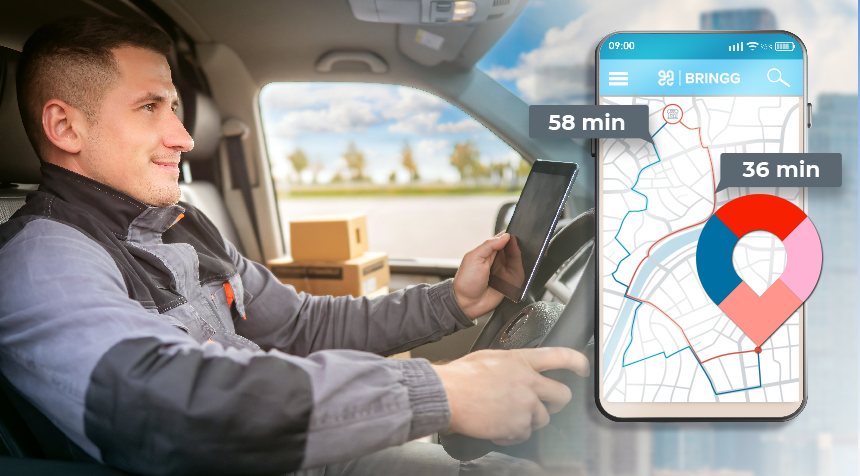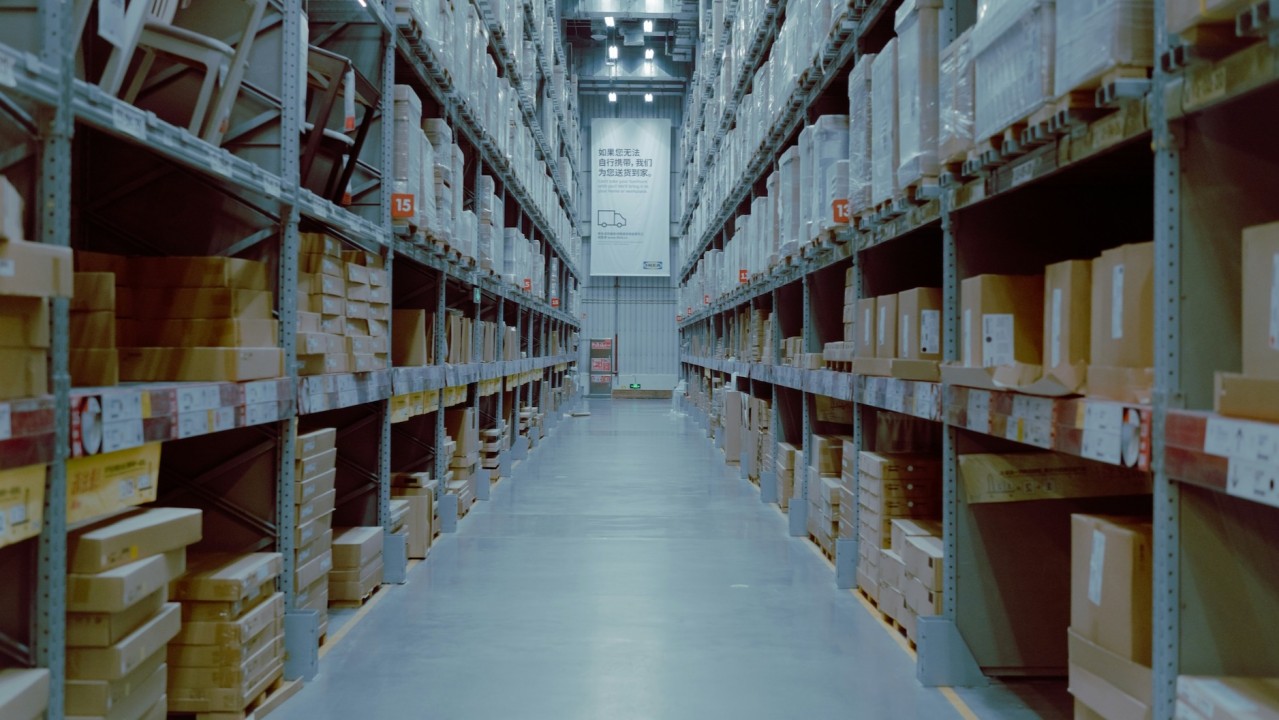Did you know that global ecommerce rose from 15% ( 2019) to 19% ( 2021)? And that by 2026 1 of 3 products will be purchased online? As this number continues to grow, so do order volumes, and the demand for fast delivery at scale. While retailers normally offer scheduled, multi day deliveries, they’re also looking to scale up their delivery capacity and speed, as they pay close attention to costs.
In order for retailers to thrive in a changing ecosystem, they’ll need to find a way to balance operational expenses with increased volumes, all while experiencing less time in which to deliver. This requires good last mile delivery planning, which might not be for the faint of heart – and this is where digitized route optimization comes in.
What is Route Optimization?
Route optimization refers to planning routes using an AI based software capable of aggregating massive volumes of data, while being capable of collecting and analyzing said data in order to help make smart decisions in real time. Route optimization also takes planning to the next level by maximizing the number of deliveries per route in the shortest amount of time possible.
Traditionally, a dispatcher or manager planning the routes will take drivers for scheduled deliveries, in order to make as many deliveries as possible. As the volume of orders increases, logistics become more complex.This becomes even more complicated when on demand (same day/next day delivery) is taken into consideration.
Why You Need Route Optimization
Nowadays, customers seek a seamless, convenient journey when purchasing online. Delivery is an inseparable part of this customer experience- that’s why most customers won’t be quick to stay loyal to brands after 1-2 bad experiences. While retailers can’t control the ecosystem they’re operating in and/ or many of the challenges attached, they can certainly choose how to respond. Route optimization can help retailers offer a seamless omnichannel experience throughout the last mile by minimizing costs, simplifying operations and thus, increasing brand loyalty.
What To Look For In a Route Optimization Software?
With route optimization technology, delivery management can be simplified and driver oversight streamlined, making life easier. There are many different route optimization software options available, each with its own price, functionality, and user interface. Knowing which one is right can be tough. As you shop around, you should be considering a number of features and factors:
- Routing engine: find a software with a routing engine that determines which orders go together in the same run, then plans routes based on priorities as well as operational constraints.
- Frequency: software that can run optimization several times a day, or several times an hour is often a winner, supporting multiple commercial and operational needs.
- Driver variables: it is important to factor in the number of drivers, maximal time on the road, maximal distance from starting point, working hours, driver break times, and driver skills.
- Data received from OMS/ scheduling system- this can span from availability to priority.
- Order variables- prep, staging/ loading time, package variables( size, required temperature) , capacity, fleet runs.
- Vehicle/ road variables- estimated time on site, number of vehicles, vehicle capacity, fleet runs.
The Importance of Data For Route Optimization
Flexible, automated route planning software can help increase efficiency, reduce overhead, and help grow your business. It enables retailers to make accurate timing predictions and reduce or eliminate timing buffers, so they can offer customers shorter delivery windows.
That’s where an open, SaaS, data-led platform comes in. This type of comprehensive platform typically consists of machine learning algorithms that accurately project the timing of the entire delivery run – the time to load, time to deliver, time on site, and time back to the loading area – based on each business’s actual performance. These accurate predictions improve the suggested routes, and increase delivery capacity without expanding your resources. The right software can digitize route planning for scheduled and on-demand delivery concurrently, optimally slotting in immediate orders into scheduled delivery plans – and can free up dispatchers to handle exceptions, while increasing drop density, reducing the cost to deliver.
Route Optimization as Part of a Delivery Management Platform
A delivery management platform (DMP) is the best way to manage last mile operations, from the moment a consumer starts an online order, to the consumer receiving the package at the end of the order. A DMP can also factor in rating the delivery experience and managing the return process.
A DMP relies on machine learning with insights and analytics to make smart business decisions in real time. For instance, the right DMP allows retailers to give drivers an app that lets them scan the item with their phone and automatically upload the order ID into the relevant system.
A DMP is also meant to orchestrate all stages within deliveries, grow retailers’ shipping capacity, and reduce costs. Route optimization is an integral part of a DMP, as it enables retailers to address the 3 key pillars customers care about- visibility, convenience and control.
- Visibility- route optimization can help retailers and customers see where products are in real time, and thus, dramatically improve supply chain performance.
- Convenience- customers expect all types of delivery options, including same day, green, and next day.
- Control- retailers need to have control over where, when and how they move their goods around.
Watch this space for another blog post that will delve into these three core customer centric pillars that a Delivery Management Platform can address – but in the meantime, if you want to talk to us and learn more about the role of the DMP and how it can benefit you, just click here to schedule some time to talk with us.



